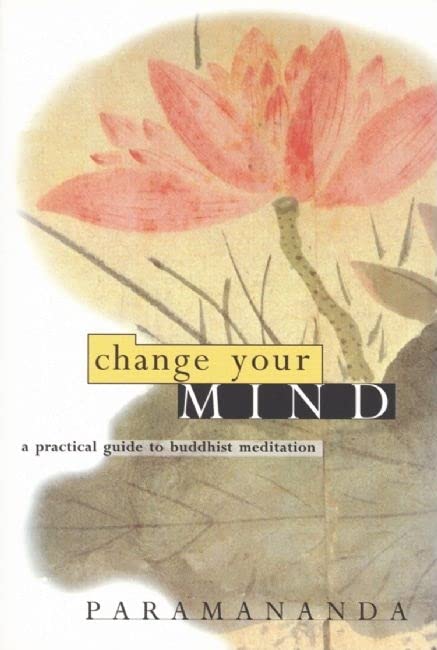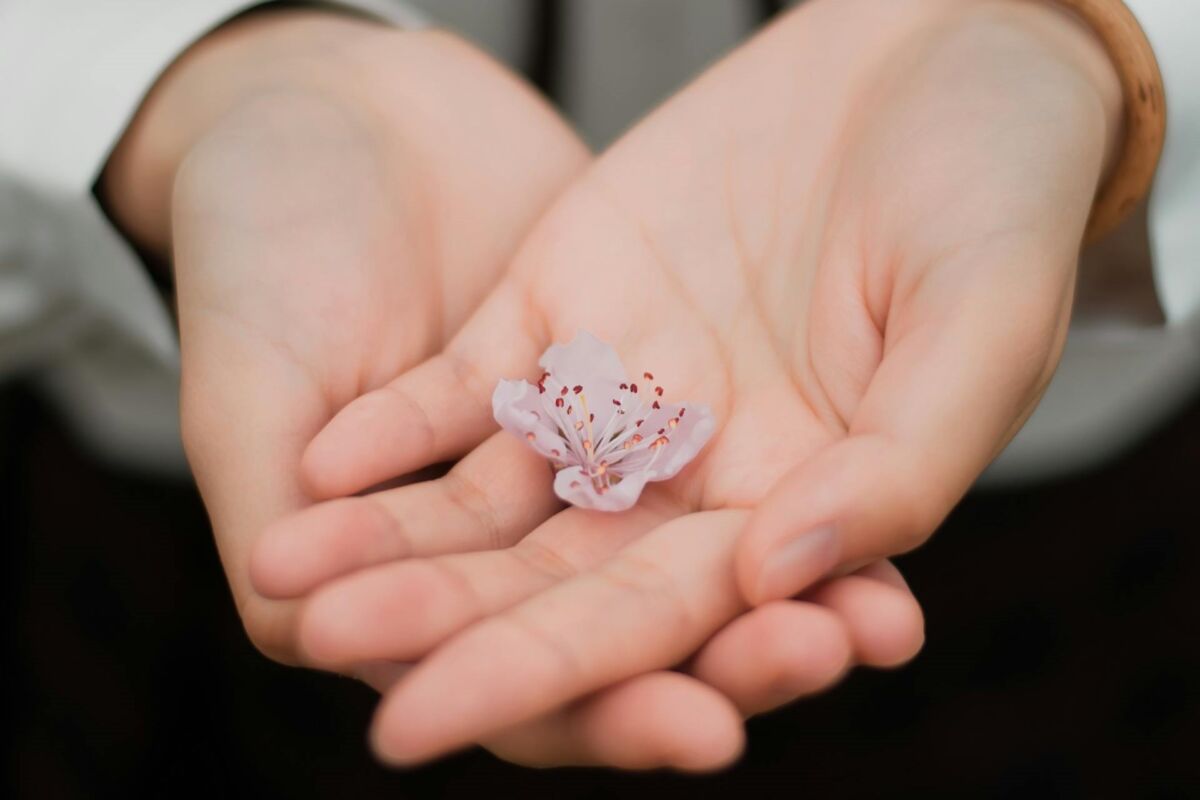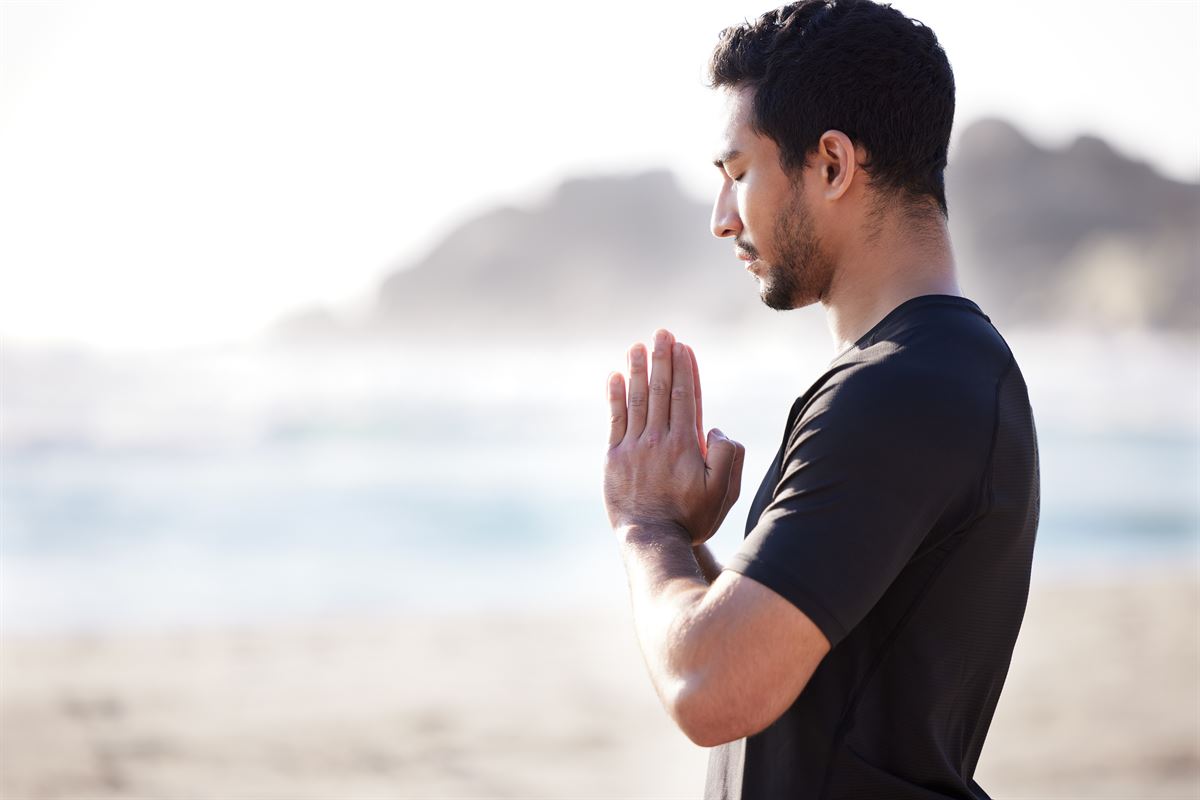Have you heard of research titled A Wandering Mind Not a Happy Mind?
Two psychologists from Harvard University conducted a special survey with the help of an iPhone app and came to the conclusion that people are unhappy while daydreaming.
The app contacted 2,250 volunteers at random intervals during the day. Specifically, it asked how happy they felt and whether they were thinking about their current activity or about something else. It turned out that being lost in thought made them miserable.
So what can we do about it? According to Buddhism, one of the most effective ways to counteract this tendency is the practice of body awareness meditation. It gets you out of your head and grounds you in the realm of immediate physical experience..
What Is Mindfulness of the Body?
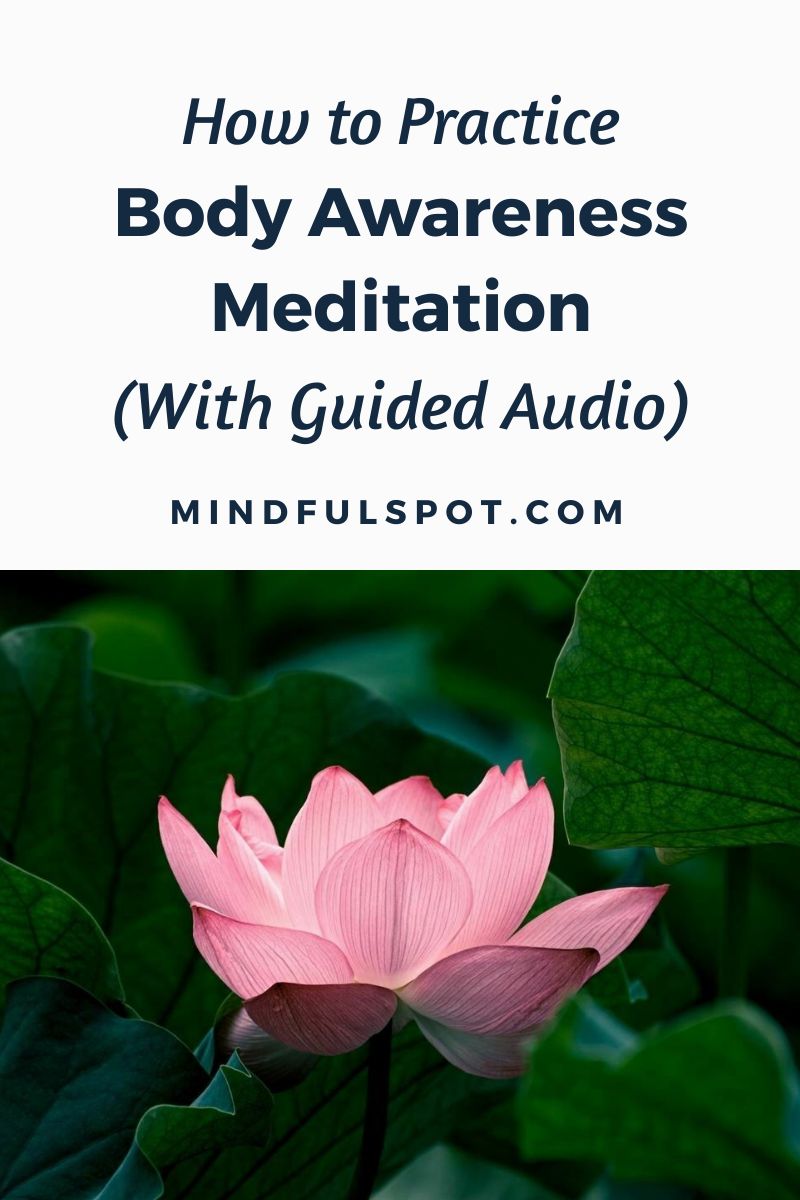

FREE Self-Test: How Spiritual Are You?
In his book Satipatthana Meditation: A Practice Guide, Bhikkhu Analayo gives the following definition:
In simple terms, mindfulness of the body means a form of mindfulness that in one way or another relates to aspects of the body or to the body as a whole. … Becoming aware of parts of the body strengthens whole-body awareness, just as awareness of the whole body easily leads over to awareness of its different parts.
Before You Begin
Set your timer to 10 minutes — you can use an app on your smartphone to do this.
After that, choose a comfortable meditation posture: kneeling, sitting on a chair, or lying down.
At this preliminary stage, have a sense of contact with the ground. For example, if you’re sitting on a chair make sure your feet are planted flat on the floor. Then take a few deep breaths, relax your shoulders, and close your eyes.
Body Awareness Meditation for Beginners
Here’s a simple body scan meditation script from the book Change Your Mind: A Practical Guide to Buddhist Meditation by Paramananda.
1. Start With the Soles of Your Feet
Now become aware of the soles of your feet, allowing them to soften and relax. Try imagining that you are drawing up awareness from the ground, up into your body. Slowly allow this awareness to move up through your feet into your ankles and lower legs.
You might like to imagine this awareness as a kind of light, or a feeling of warmth in your body. Let the muscles of your lower legs relax, allowing them to soften and become heavy. Notice any sensation in the part of the body where your awareness is, but do not force anything. If you don’t feel much that’s fine; just notice what is there.
2. Let the Awareness Move Up Into Your Knees
Letting the awareness move up into your knees, imagine a sense of space in your joints, then move the awareness into the large muscles of your upper legs. Allow your muscles to fall away from the bone under the soft force of gravity.
Broaden your awareness to include your buttocks, pelvis, and genitals. Experience this whole area filling with soft, warm awareness. If you notice any slight ‘holding’ of energy, which is quite common in the buttocks, try to let the awareness soften it.
3. Gather Your Attention at the Base of Your Spine
Now gather your attention at the base of your spine. Do not try too hard: we cannot force awareness without tensing up. Just gently bring your mind back when it drifts off. From here we are going to trace the line of your spine slowly up through the body.
[…]
Trace the curve of your spine up through your body, through the lower back, the middle back, and between your shoulders up to where your spine meets the base of your skull. This is quite high up, about level with the top of your ears. … Ease the muscles at the base of your skull — imagine them letting go, the muscles relaxing like a fist unclenching.
4. Shift Awareness into Your Shoulders, Hands, and Fingers
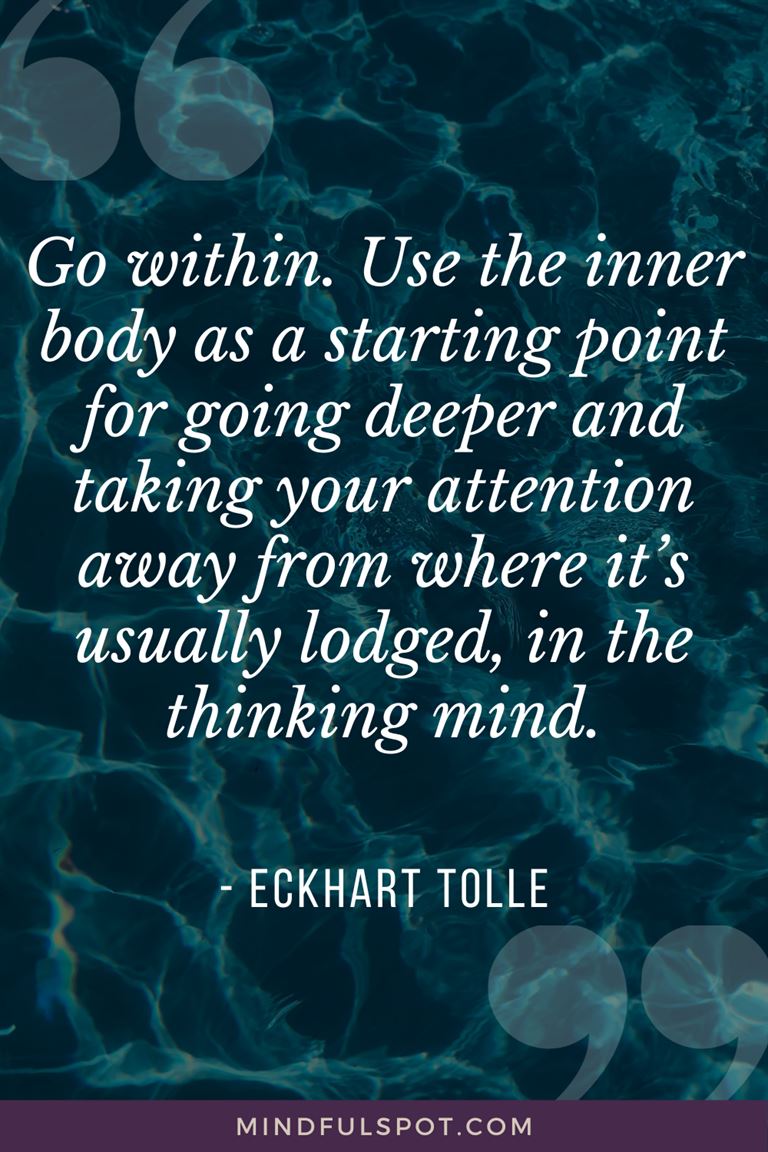
Allow your shoulders to relax a little more. Then begin to take your awareness into the top of your arms and slowly down towards your hands, collecting it in your palms and fingers. Use the sensations in your hands to get a sense of the vitality of your body.
5. Pay Attention to Your Belly
Now bring the awareness into your belly – another area where we often find the flow of energy held up. Then slowly up into your chest. Feel the movement in your chest, your rib-cage gently opening to accommodate the breath. Have a sense of the breath opening your chest.
6. Move the Awareness Up into Your Throat and Face
Move the awareness up into your throat, and then into your face. Soften your face a bit more, taking time to feel the sensations there. Become aware of the shape of your skull – allowing the skin of your scalp to become soft – then extend your awareness to the crown of your head.
See if you can feel any sensation at this point. Become aware of the touch of the air against your face. Feel how very sensitive your face is; notice the temperature of the air, and allow your face to soften the air.
End the Practice

Breathe in a sense of spaciousness; the space outside you becoming space inside you. Gently gather your attention around the area of your heart. Just sitting and breathing, be aware of any sensations in the area around your heart. Allow the breath to create a space around your heart, space for how you feel, for your emotions.
[…]
Then feel you connection with the ground once more. Allow yourself to be aware of the room in which you are sitting and any outside noises, and in your own time allow your eyes to open, bringing the practice to an end.
10-Minute Guided Body Scan Meditation Audio
Here’s a 10-minute guided body-scan meditation by Paramananda, courtesy of Free Buddhist Audio.
How to Use This Recording:
- Read the steps above.
- Choose a comfortable meditation posture.
- Press “play,” close your eyes, and follow the instructions.
In Conclusion
It’s worth mentioning that a short form of this practice — just a few minutes long — should precede other types of meditation, such as lovingkindness or mindful breathing.

FREE mindfulness resources for stress relief
“This exercise is both a ‘body mapping’ and a relaxation. It is an excellent preparation for meditation, or it can be used on its own to help us relax and calm down,” Paramananda writes in his practical guide to Buddhist meditation. As a supplement for your daily practice, I’ve put together this free worksheet you can download below.
I’m a freelance writer and mindfulness advocate behind this blog. I started my meditation practice in 2014, and in 2017 I launched this website to share what I learn with others. Here are the three things you can do here:
1. Schedule a free consult if you want to learn Buddhist meditation.
2. Download free mindfulness resources for stress relief
3. Join Patreon for exclusive content and community meetings.


